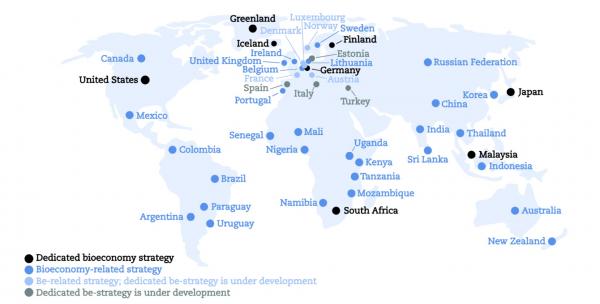China plans to launch a national strategy for circular bioeconomy in the second quarter of 2021
China plans to launch a national strategy for circular bioeconomy in the second quarter of 2021. World BioEconomy Forum will keep close communication with relevant
